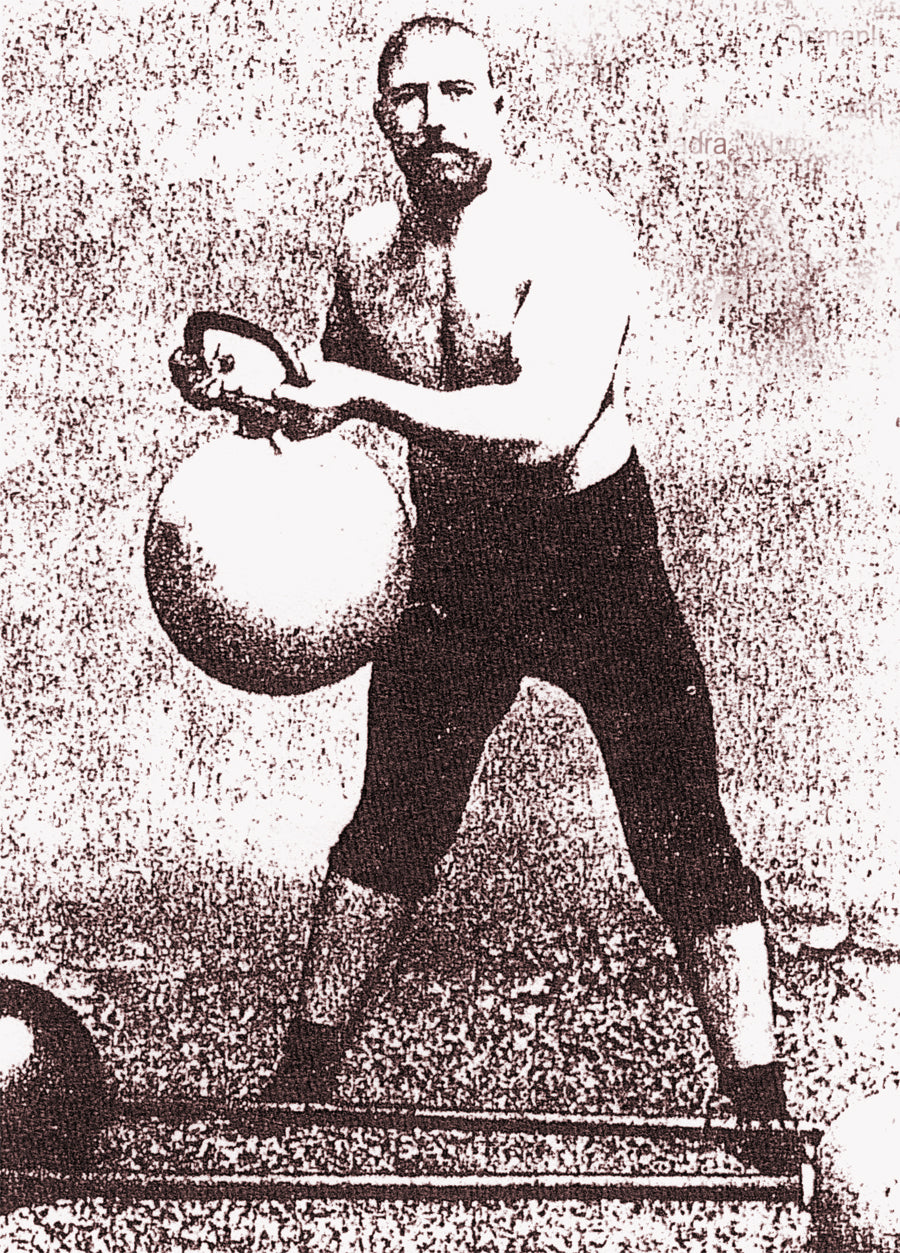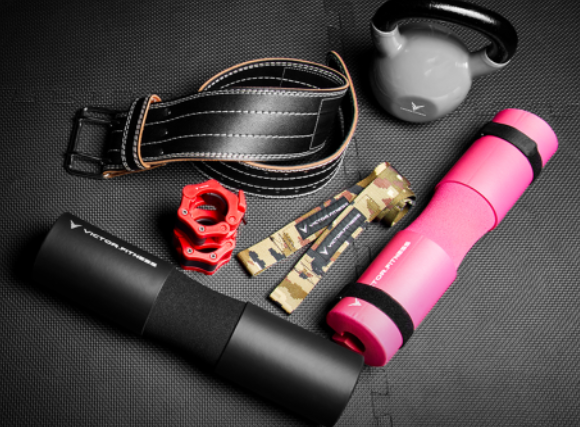
The Kettlebell: Use and Early History
Posted on
The kettlebell is an underutilized tool at the gym, often skipped in favor of cable-pull machines or dumbbells. Made out of cast iron or steel, the kettlebell is a ball with a handle attached.
The shape is derived from an ancient weight system to measure crops in either Russia or Germany. The word girya, a Russian word for iron weight, was first documented in a 1704 dictionary – from the Slavic gur, meaning bubble or the Persian gerani, meaning difficult.

Farmers would often use these weights in strength competitions, becoming a village past time. It’s been described as the “working man’s sport” because of how inexpensive the equipment was.
In 1948 it became the official sport of the Soviet Union, the same year they declined to participate in the summer Olympics in London. In ‘85 a committee was created to formalize kettlebell competition rules and regulations for the United All-State Sport Association of the USSR.
There are also German training manuals from the 18th and 19th centuries that reference the kettlebell by a different name.
According to sports historian and PhD candidate Victoria Felkar, the kettlebell goes back even farther to the fifth century B.C. in Greece. The similar object was called the haltere, described as a “swingable” weight like today’s version, albeit shaped differently.
In the United States, Felkar credits the kettlebell introduction to ex-Soviet athletes.
Victor Fitness produces two types of kettlebells; a traditional vinyl coated kettle bell as well as an adjustable kettlebell that can hold 10-40lbs of weight.
Beginner Workouts

Kettlebells are a favorite among trainers and athletes because they engage counter muscles while working out, improving balance and strength. As a free weight with handle, it can be held in a number of positions.
Goblet Squat
For beginner use, a Goblet Squat is an easy workout with the kettlebell. With your legs a touch wider hip-width apart with toes pointed out, wrap both hands around the kettlebell just under the handle. While holding the weight up to your chest, perform your squat.
Engage your core, chest lifted and shoulders back with a straight back as you shift your weight into your heels as you bend your knees. Repeat as many times as desired.
Reverse Lunge
Stand with your feet shoulder-width apart, holding a kettlebell by the handle in each hand or with the Goblet hold. Lift your right foot and step back about 2 feet, landing on the ball of your foot and keeping your heel off the floor.
As you’re stepping back, bend both knees until the right knee almost touches the ground and the left knee is square above your foot, shin parallel to the floor. With core and inner thighs engaged, step backup to the starting position and swap feet, stepping back with the left leg – completing one rep.
Kettlebell Swing
The kettlebell swing works the butt, legs, and lower back. Make sure you’re utilizing proper technique with a lighter kettlebell before adding too much weight.
To perform the swing, stand with feet hip-width apart and hold the kettlebell by the handle with both hands – arms straight out in front. Bend your knees slightly and then hinge at your hips to swing the kettlebell between your legs.
Stand up and thrust your hips forward, squeezing your glutes and letting your arms swing forward to chest height. Pull the weight back down, hinge at your hips, and move immediately into the next rep.
Sit-Up to Press-Up
Adding weight to a sit-up is a simple way to challenge your core. Flat on your back, feet on the floor with the knees bent, hold the kettlebell with both hands at your chest. As you lift up and engage the abs, simultaneously extend your arms with the weight overhead.
Slowly lower yourself back down to starting position to complete the rep.


Leave a comment: